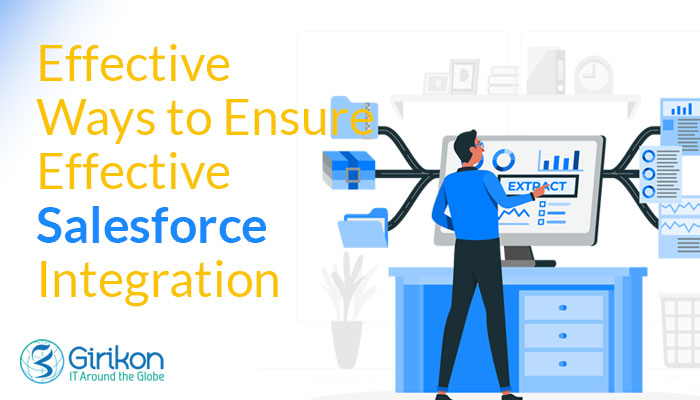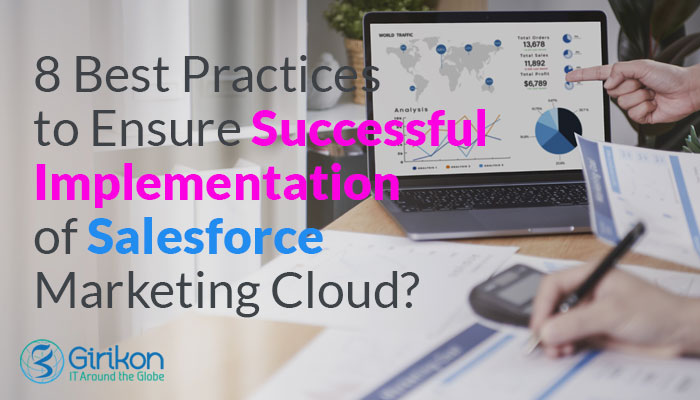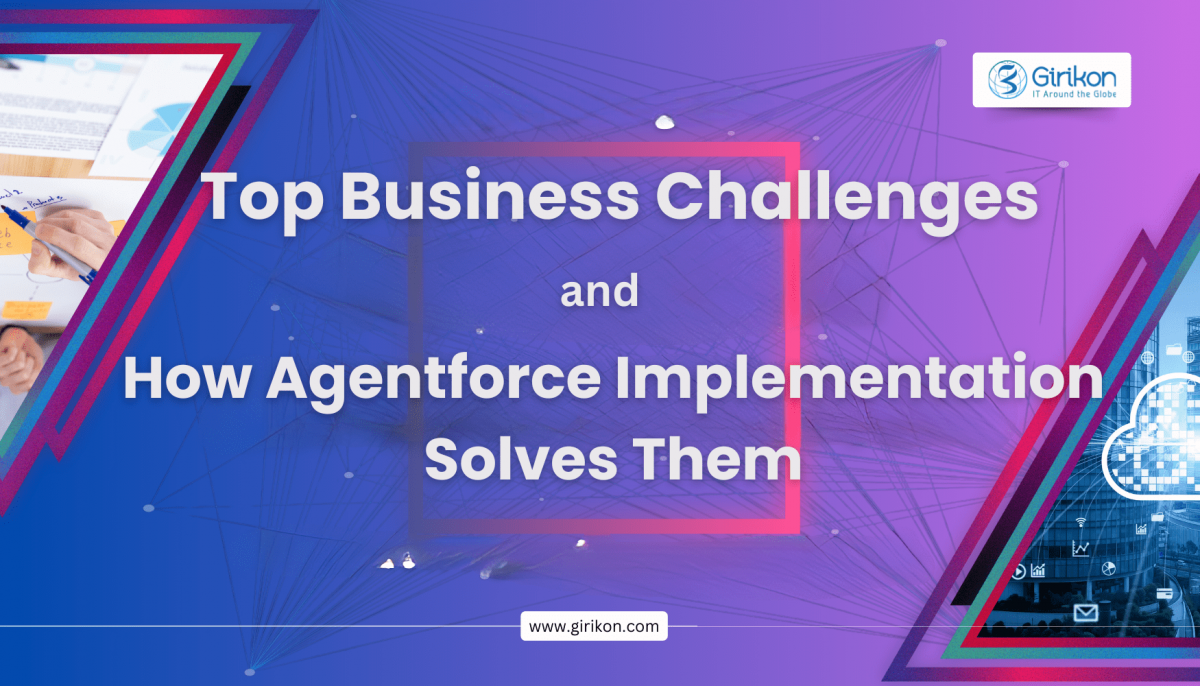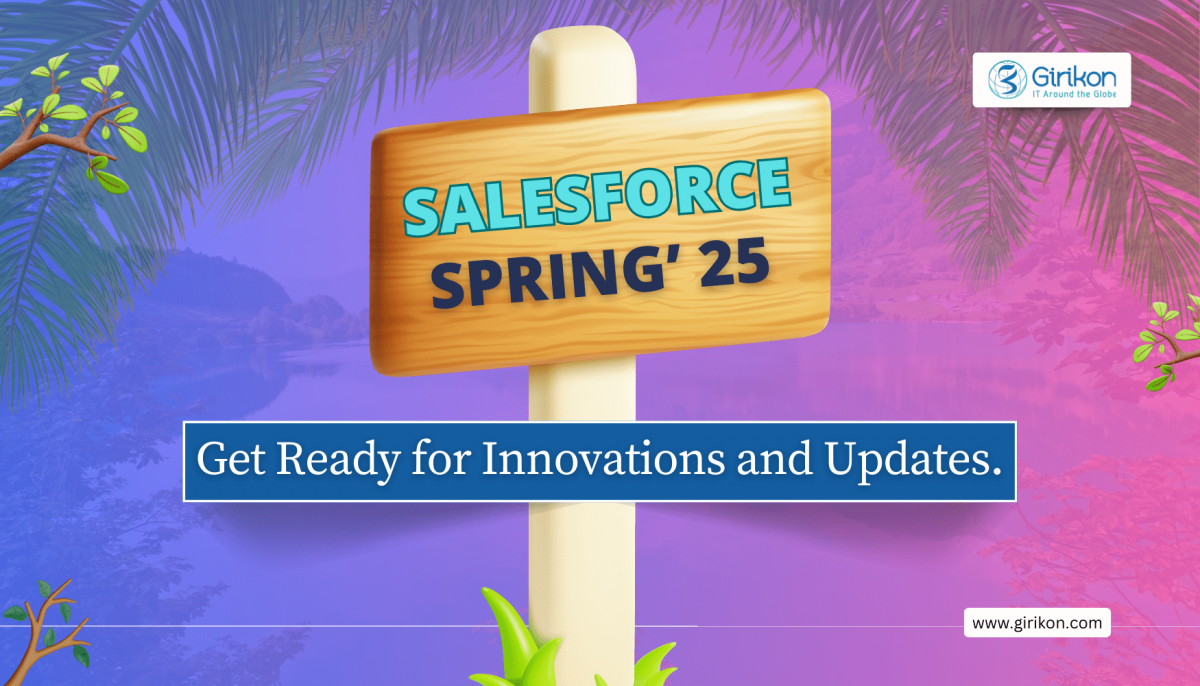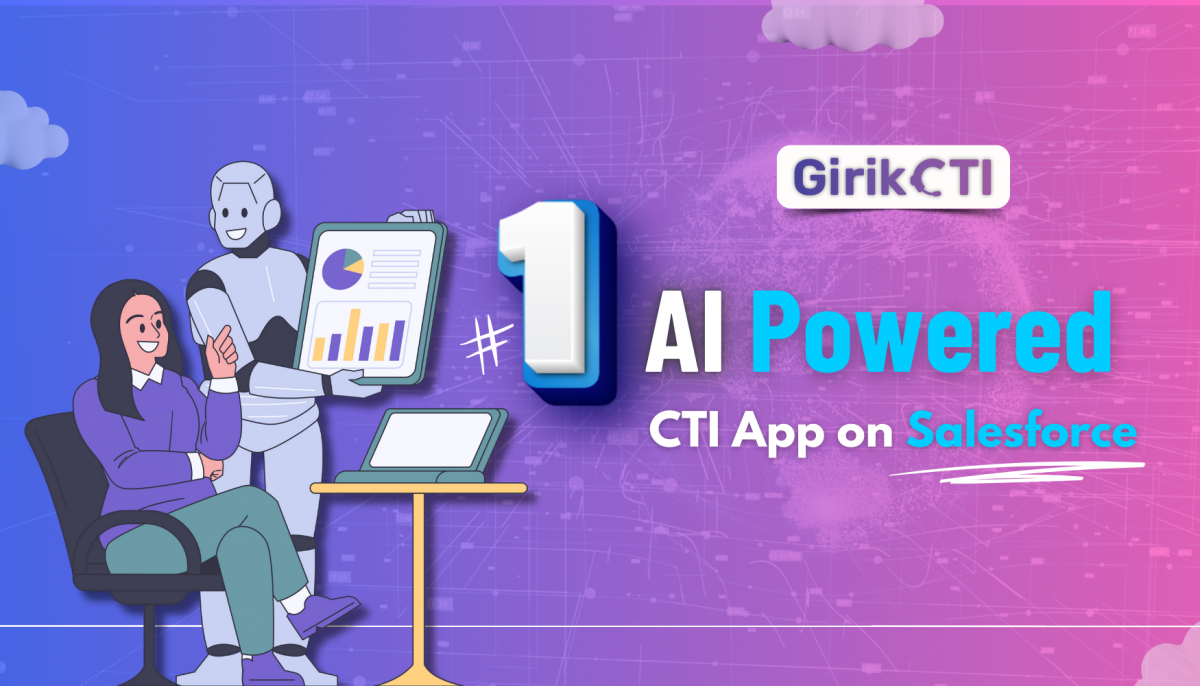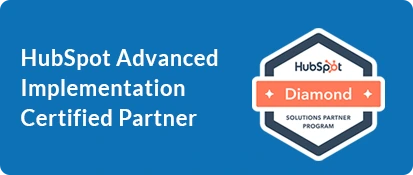Fast Track automation and innovation with AI across Salesforce.
Salesforce Einstein is your personal data scientist designed to make you smarter and more predictive with Artificial Intelligence to better connect with customers. Einstein delivers powerful visualizations of data, offering predictions for sales teams, predictions of which deals are likely to close, forecast predictions for business and offers recommendations based on customer behaviour. Old data is collected and connected within Salesforce so that all departments can work together seamlessly sharing data to help each other succeed. Einstein for sales can help pursue better leads based on data predictions on who is more likely to convert. Einstein for services allows you to have chatbots answer all of the rudimentary service requests so customer service can focus on higher priority cases. IT can use automated predictions to improve workflows and business processes which thanks to Einstein are so intelligent that they automatically adjust based on incoming data including 3rd party data to better engage with customers. And all of the data is crystal clear with Einstein analytics. So everyone has the visibility and key data insights to grow their business faster than it was ever thought possible.
One might ask where does Salesforce Einstein stand compared to other enterprise AI platforms. The differentiator is that Salesforce Einstein is intrinsically integrated into the core product itself allowing companies to apply the AI technology to their business immediately. With Einstein you don’t need additional group of data scientists and extensive resources to go Live with it. Salesforce Einstein has AI built into the CRM to make it as simple to use as possible. Einstein delivers AI to every Salesforce user. It provides the following benefits:
Production Ready
Einstein is seamlessly integrated into many Salesforce products. To use it, you don’t need to do any data modelling or preparation of data separately. Just put your data into Salesforce and Einstein will use that data to help you become smarter and more predictive about your customers.
Data Security
Einstein is built on the robust security architecture of the World’s No.1 CRM platform that is trusted by more than 150,000 companies across the world.
Cross Functional AI
Einstein is available through all options of Salesforce – Sales Cloud, Service Cloud, Marketing Cloud, App Cloud, Analytics Cloud, and Community Cloud.
Image Source – salesforce.org
Get smarter advice with Salesforce Einstein.
Salesforce Einstein uses Artificial Intelligence (AI) that uses predictive grading techniques to recommend the best next steps to meet key financial goals. It smartly automates routine tasks so that you can spend more time with your customers.
UNDERSTAND AND ENGAGE
Get deep insights into your customers from past interactions. Use these insights to deepen relationships, prioritise opportunities, cases, and campaigns and drive productivity.
Image Source – salesforce.org
Image Source – salesforce.org
INCREASE PRODUCTIVITY
Enable your teams to get more done in a shorter period of time with smart case classification, next best actions, and recommendations.
Provide swift resolution to their queries or information they seek and automate the best action to take.
SCALE CUSTOMER EXPERIENCES
Use smart bots to answer common customer questions, thereby enabling your agents to address more complex and urgent cases.
Empower your agents with AI that allows them take on tough cases with recommendations, replies and knowledge.
Image Source – salesforce.org
Here are 3 key features that everyone’s taking about in Einstein:
MACHINE LEARNING
Get smart predictions about your business and customers.
Machine learning uses past data to forecast the future in a literally codeless environment.
Einstein Discovery
Discover relevant patterns in all your data, whether it lives in Salesforce or outside, and boost productivity. Discover AI insights and recommendations on complex issues. And take action on your discoveries from within Salesforce.
Einstein Prediction Builder
Predict business outcomes of key parameters. Create custom AI scenarios on any Salesforce object or field with just a few clicks.
Einstein Next Best Action
Deliver actionable recommendations to employees and customers, right from within your workspace. Define recommendations, build action strategies, predictive models, view recommendations, and initiate automation.
NATURAL LANGUAGE PROCESSING
Extract contextual meaning from text.
Use natural language processing (NLP) to find semantic patterns to answer questions, respond to requests, and identify conversations about you across the web.
Einstein Language
Understand how customers feel, automate routing of inquiries, and streamline workflows. Build natural language processing capability into your apps to qualify the context in a body of text, irrespective of language.
Einstein Bots
Build, train, and deploy custom bots effortlessly across digital channels that are connected to your data. Improve business processes, empower employees, and deliver customer delight.
COMPUTER VISION
Get a complete picture of your products and brand.
Computer vision includes visual pattern identification and data processing to track your products and brand, understand text in images, and more.
Einstein Vision
View the entire conversation about your brand on social media and beyond from within Salesforce.
In the end, AI is all about using data to establish patterns, predict outcomes and simplify decision making for customers. With the right Salesforce Consultant, you can leverage Salesforce Einstein to fast track growth and stay ahead of the curve.
Discover how a Salesforce Implementation Partner can deliver the power of Einstein for you.
Contact our expert today!
CONTACT US

 +1-480-382-1320
+1-480-382-1320 +61-1300-332-888
+61-1300-332-888 +91 9811400594
+91 9811400594

